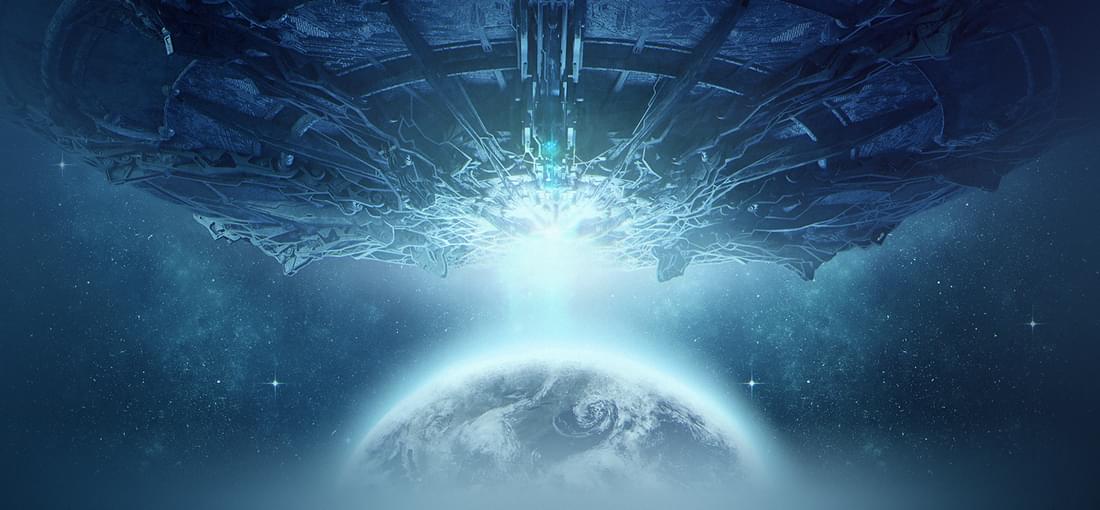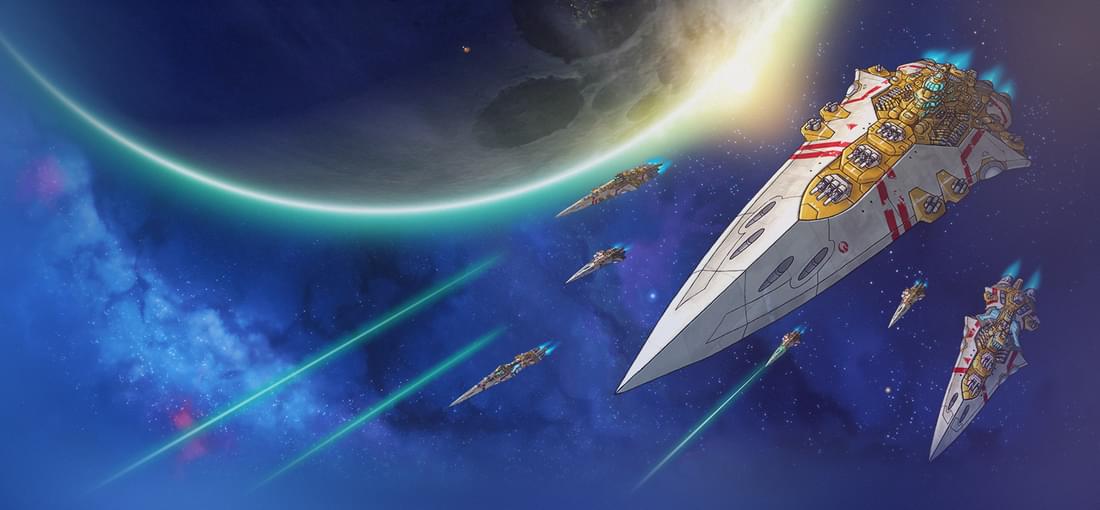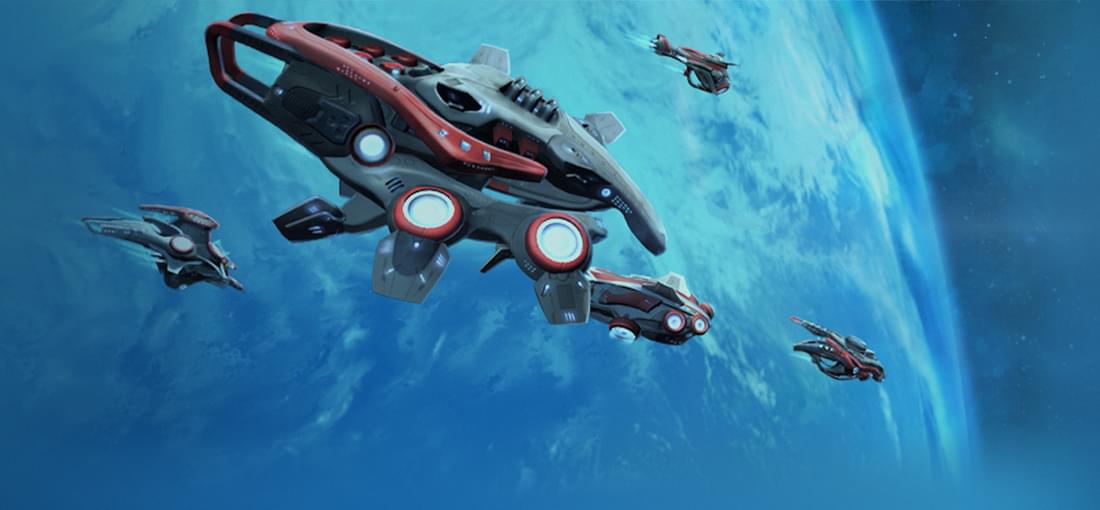


A question the product planners at Arcen did not ask themselves in 2008: "Why has no 4X game in over 25 years used this approach?" A question they did not ask themselves in 2011: "Why has no competitor jumped to copy this approach?". Yet those two questions have the same simple answer: "Because it is boring". Although you spend 99% of all game time in combat, victory is gained not so much by winning per se as by winning as by scoring low enough on the "how much did this annoy the AI" scale. And that scale is not even related (that I could tell) to territory loss or equipment loss or anything concrete. To describe the overall effect, I could reach for fancy French and German and Latin words like ennui, anomie, Weltschmerz, and marasmus. But honestly, just plain "boooooring" says it all.

SE1: would not start. SE2: starts; has no manual. SE3: starts; has a manual (.doc format); assumes a CRT display with large pixels (i.e. low DPI count), hence on a modern display (not even a gaming one!) is small and really hard to see. SE4: starts; has a manual (.pdf format); assumes 1280 vertical resolution but stretches horizontally as far as possible, so text is nigh-unreadable. There is a graphics option screen, but it does not work. SE5: starts; has a manual (.pdf format); has a working graphics resolution selector; yay! My only complaint: there is no way to obtain windowed mode, which would be extremely useful since the manual is 300 pages long --- rather more than I can easily memorize. Since the unavoidable-full-screen problem plagues nearly all the the other GoG games in my experience, not deducting any points for it.

A fundamental 4X game task is deciding what a particular planet should focus on. In MOO1, you can switch a planet's focus any time: no penalty for failure to plan long-term. In MOO2, a planet's focus is determined by which of the 90+ buildings/improvements you have invested in there: sequences tiresome to repeat, and so many variables it's unclear what gave most benefit. SiS hews a middle road: each planet has a small number of slots; you fill each slot with factory or mine or farm or laboratory or market, 5 choices instead of 90+. An interesting compromise. So you've changed mind about what to build or research; what happens to work done already? In MOO2, it's applied to your new choice; in some other games, it's lost; in SiS, it won't count toward your new choice, but will count toward old choice if & when you come back to it. The races are well differentiated, each with unique capabilities well beyond the traditional “N% bonus in this or that category”: one race can enslave populations; another race can hire mercenaries; yet another can deploy colonists/ships from its home planet in 1 turn. Built-in undo/redo, by entire turn or a single action, is nice. Flaws: * The only keyboard shortcut is spacebar, to end a game turn. Buy instead of building fully? Click. End a battle turn? Click. Go to tech-tree screen? Click... * No way to know which planets have lowest morale: your first warning is also last, as a planet revolts. * Some species are best suited for arid worlds, some for oceans. You've just acquired an ocean planet, and want to send some Thresher colonists there; now, which of your 100+ planets is the one with Threshers available?? Short of clicking through each, or having an eidetic memory, no way to tell. * Even with simplified graphics, combat is slow: ships crawl and missiles trundle. * AI races can do much that you cannot: grant a technology to another race, demand a particular planet as price of peace, etc. * Diplomacy is dire.

(Yes I looked in their Quick Start guide --- no help.) Gave up after 25 minutes. If something that fundamental is too hard to find, just imagine trying to accomplish anything halfway meaningful! No, this is not an improvement on MOO2: MOO2 is playable, this is a waste of electricity.